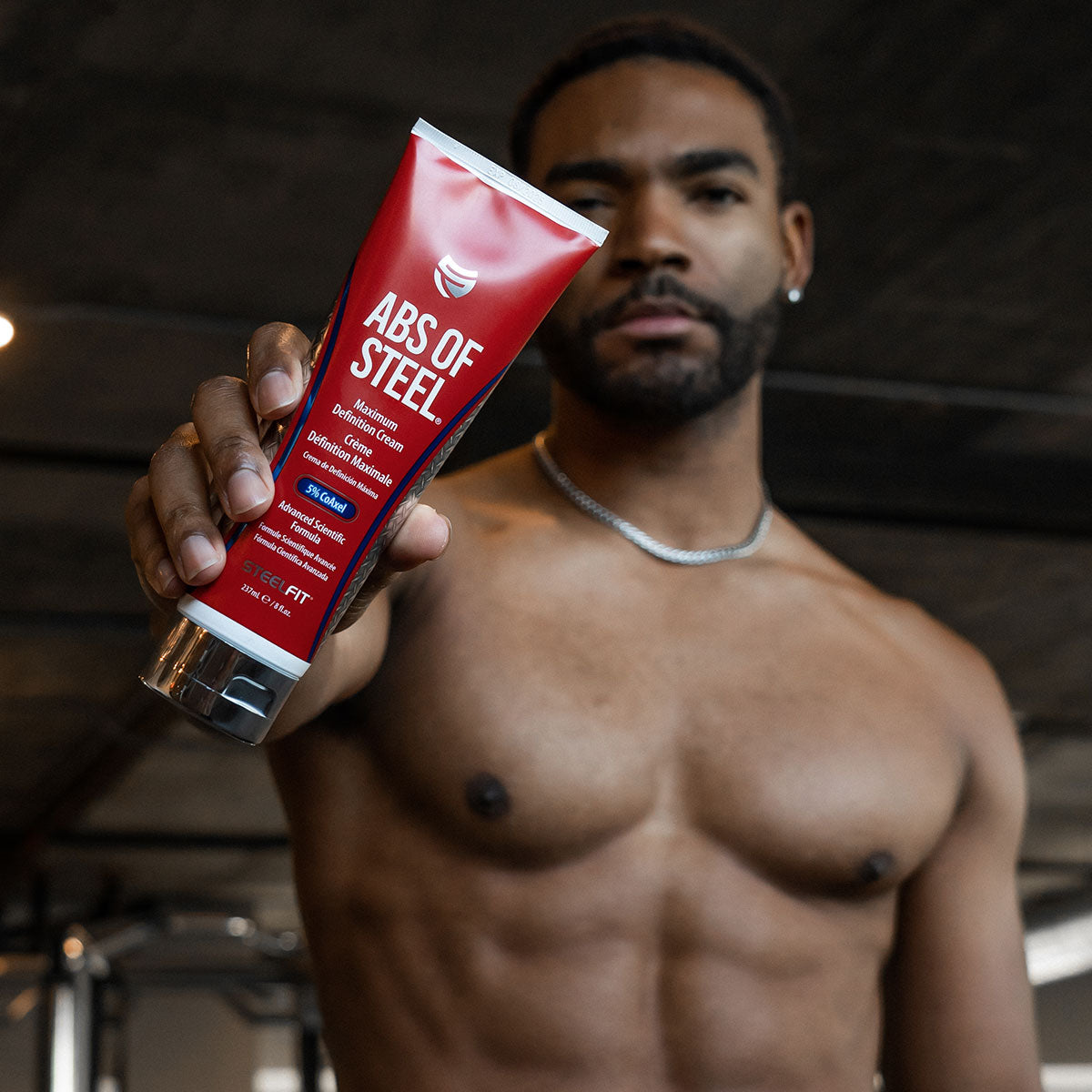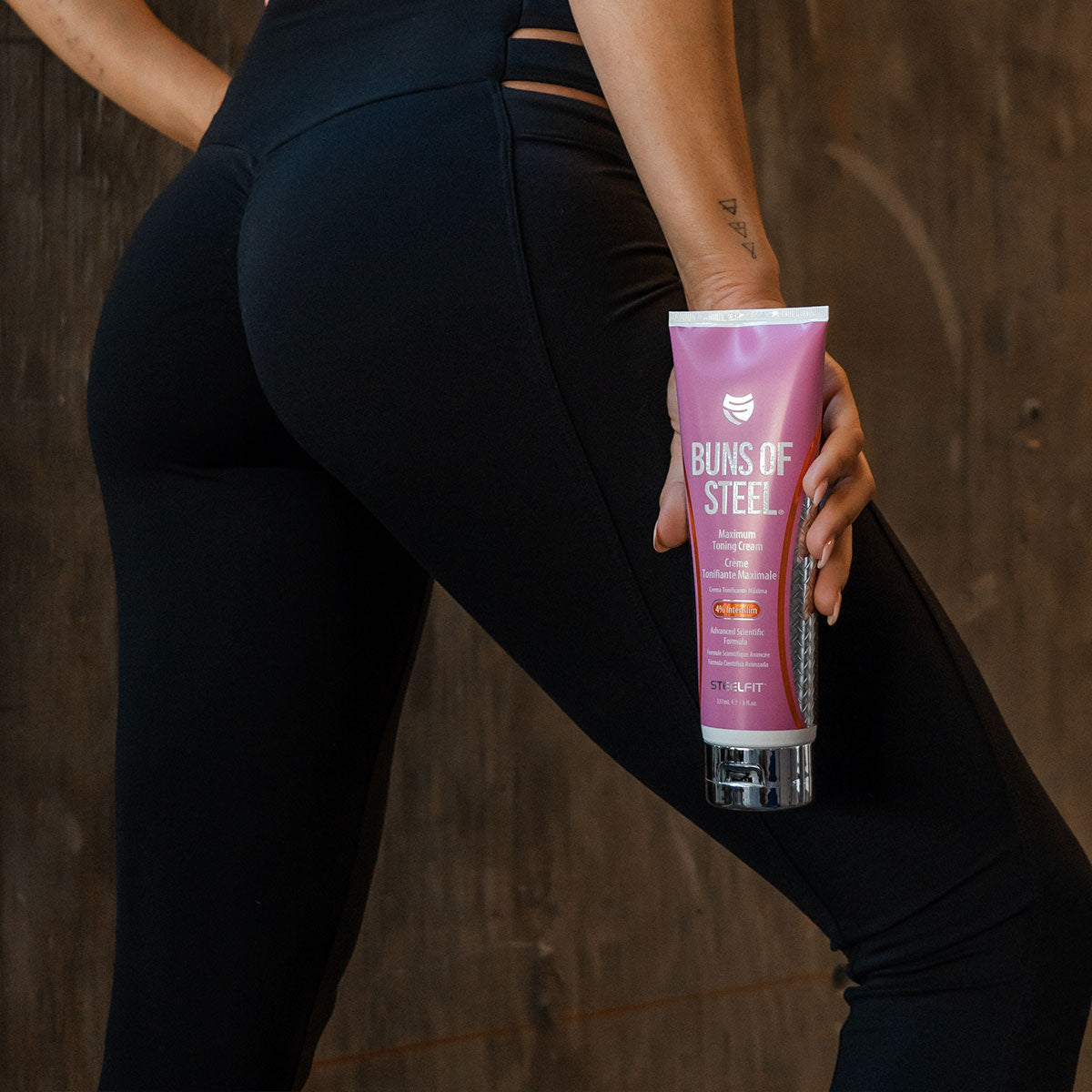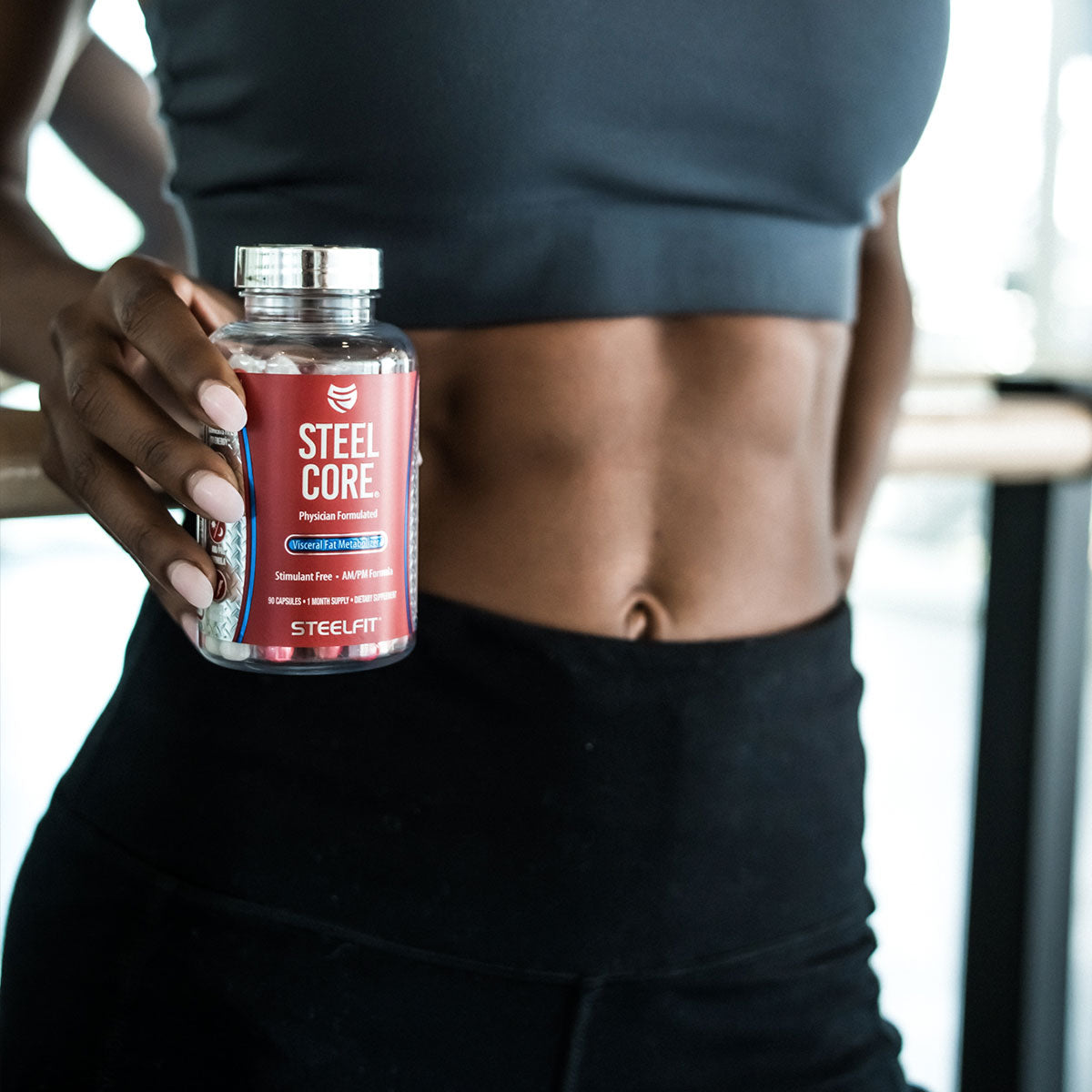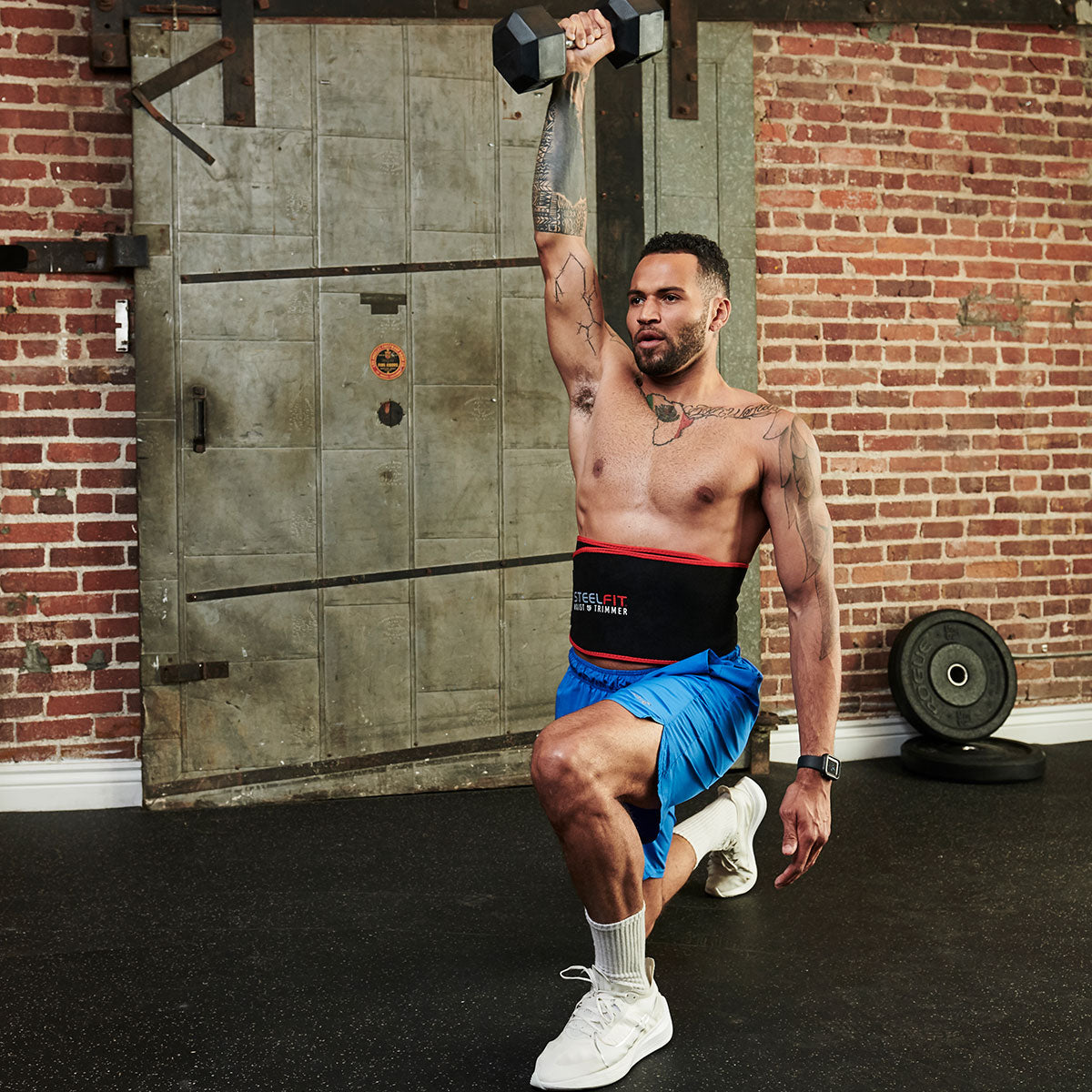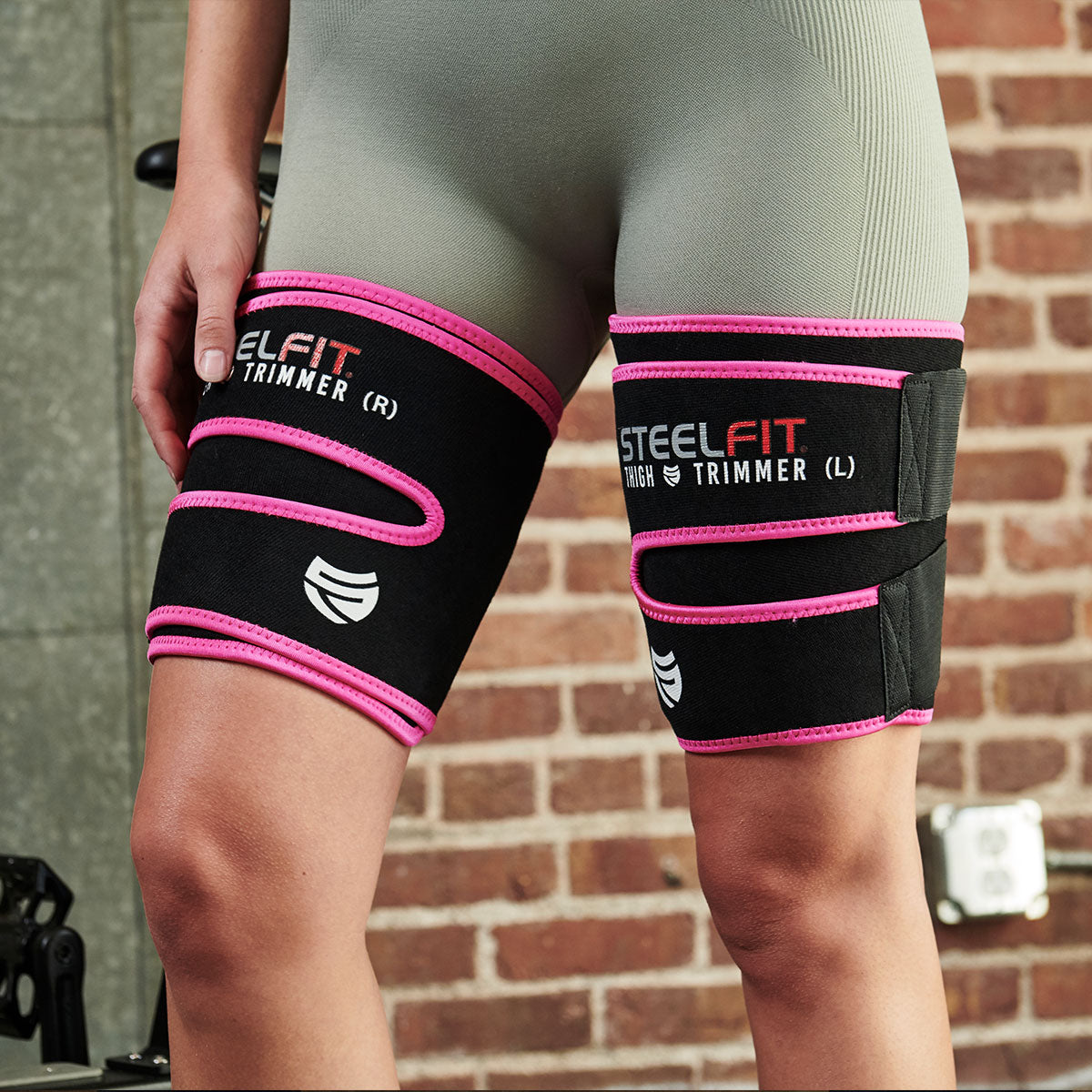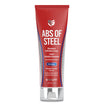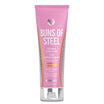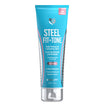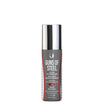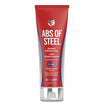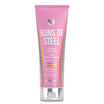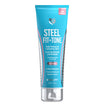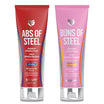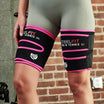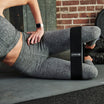Whey protein is a staple for active individuals, providing a quick, affordable, and above all delicious means to hitting your daily protein requirements and supporting your fitness goals.
But, sometimes you get tired of always drinking your protein. We’ve all had those days when the mere thought of drinking yet another protein shake is enough to chuck our blender, shaker cup, and protein powder in the dumpster.
On these occasions, wouldn’t it be great if you could chew your protein powder instead of having to drink it? You can!
There are thousands of protein powder recipes available, each one offering you a delicious and macro-friendly means to enjoying your protein powder.
But, cooking and baking with protein isn’t a simple endeavor, especially if you’re new to cooking and baking with it. There’s a certain finesse that needs to be applied when attempting things with protein beyond the standard protein shake or oatmeal.
The following list of tips has been compiled to help YOU avoid the same mistakes other culinary artists have when attempting to cook with protein powder. Give them a read and save yourself hours of wasted time and money!
Best Whey Protein Baking Tips
All Proteins are NOT the Same
When crafting your culinary concoctions, you might think one protein powder can easily be swapped for another. After all, they’re both, and they’re both powders, so they should be able to be exchanged 1:1…. right? NOPE! If you’ve ever mixed up two different protein powders in the same amount of water, you’ve witnessed for yourself just how thick or thin different powders can mix. Different protein powders have entirely different tastes, textures, and consistencies. What this means for you is that if a recipe calls for whey protein, don’t assume that you can automatically sub in an equivalent amount of casein, pea, or brown rice protein.Don’t Overmix
Anyone who’s ever attempted to bake cakes, muffins, brownies, or just about any other type of sweet treat has made this error a time or two. When you overmix a batter, the gluten in the flour can form elastic strands, creating a denser, chewer, and “tougher” textured treat. That’s why you see so many recipes advise to mix ingredients “until just combined.” What this means is that you stir the ingredients just enough to where you don’t see the individual elements you just added to the bowl. Limiting the amount of stirring, mixing, shaking, or whisking you do helps keep the texture of your baked goods light, making for a more pleasant tasting baked good. While your baked protein goods will have less flour than standard baking recipes, you still can have a dense, overmixed product if you overmix. Therefore, mix and fold your ingredients just until they’re incorporated and then STEP AWAY from the bowl. By doing so, you’ll be rewarded with a delectable baked good that's sure to tantalize your tongue.Grease It Up
Protein powders are notoriously sticky on their own, and when mixed into a batter, the stickiness factor is dialed up exponentially. This can make mixing batters, scooping batters int baking trays, and removing the finished product from the tray a real challenge. Due to this, it’s imperative that you grease and coat your baking sheets, cake pans, and muffin tins with non-stick cooking spray. Another idea is to use paper liners in your trays if you’re making cupcakes or muffins. And as a bonus tip, if you’re going to be using your hands to mold, shape, or scoop a whey-based dough, rub some oil or non-stick spray on your hands and whatever spatula you’re using to scoop the dough out of the bowl. This will help prevent the mixture from clinging to your hand, meaning less waste and more finished product!Follow the Recipe
Are you a cook or a baker? While to the casual diner, the difference is relatively minuscule. Both apply heat to a mixture of different foods and create a delicious delicacy. But, if you’ve ever been in the kitchen, you know there is a big difference between cooking and baking. Cooking is a bit more free form. You can tweak, change, or adapt recipes to suit your palate. Don’t like asparagus in your pasta dish? That’s ok; you can swap it with broccoli, brussels sprouts, or green beans. But, if a baking recipe calls for a set amount of flour and you add too little or too much, you’ve got a boondoggle on your hands. It’s often said that cooking is an art, but baking is a science. By that, we mean that cooking is more “flexible,” allowing you to make minor modifications here and there. But, with baking, you must follow the recipe. Even the slightest deviation can result in you having to toss out an entire tray of goods, meaning you’ve wasted a considerable amount of time, resources, and food.Sweeteners
We all like the occasional sweet treat. That’s probably why you’re considering baking in the first place. And, since you’re reading this article, you’re most likely trying to eat a bit healthier, and that means upping the protein and lowering the sugar content of your baked goods. With that in mind, here are a few quick tips:- Refined, white sugar can be replaced at a 1:1 ratio with mashed, ripe bananas or applesauce. However, the overall liquid in the recipe needs to be cut by 25%.
- If replacing sugar with liquid sweeteners, such as honey or agave syrup, the exchange ratio is 2:1. What this means is that if you’re replacing 1 cup of sugar with honey, you will use ½ cup of honey (or agave). However, this is important, if subbing honey for sugar, for every ½ cup of honey you add, you also need to add in ½ teaspoon of baking soda.The reason for this is that honey is acidic, and baking soda balance out the acidic properties of honey. Additionally, cooking temperatures also need to be lowered by 25 degrees as liquid sugars begin to brown and caramelize faster than dry sugars.
- ½ teaspoon of vanilla extract can be swapped for 2 Tablespoons of sugar.
